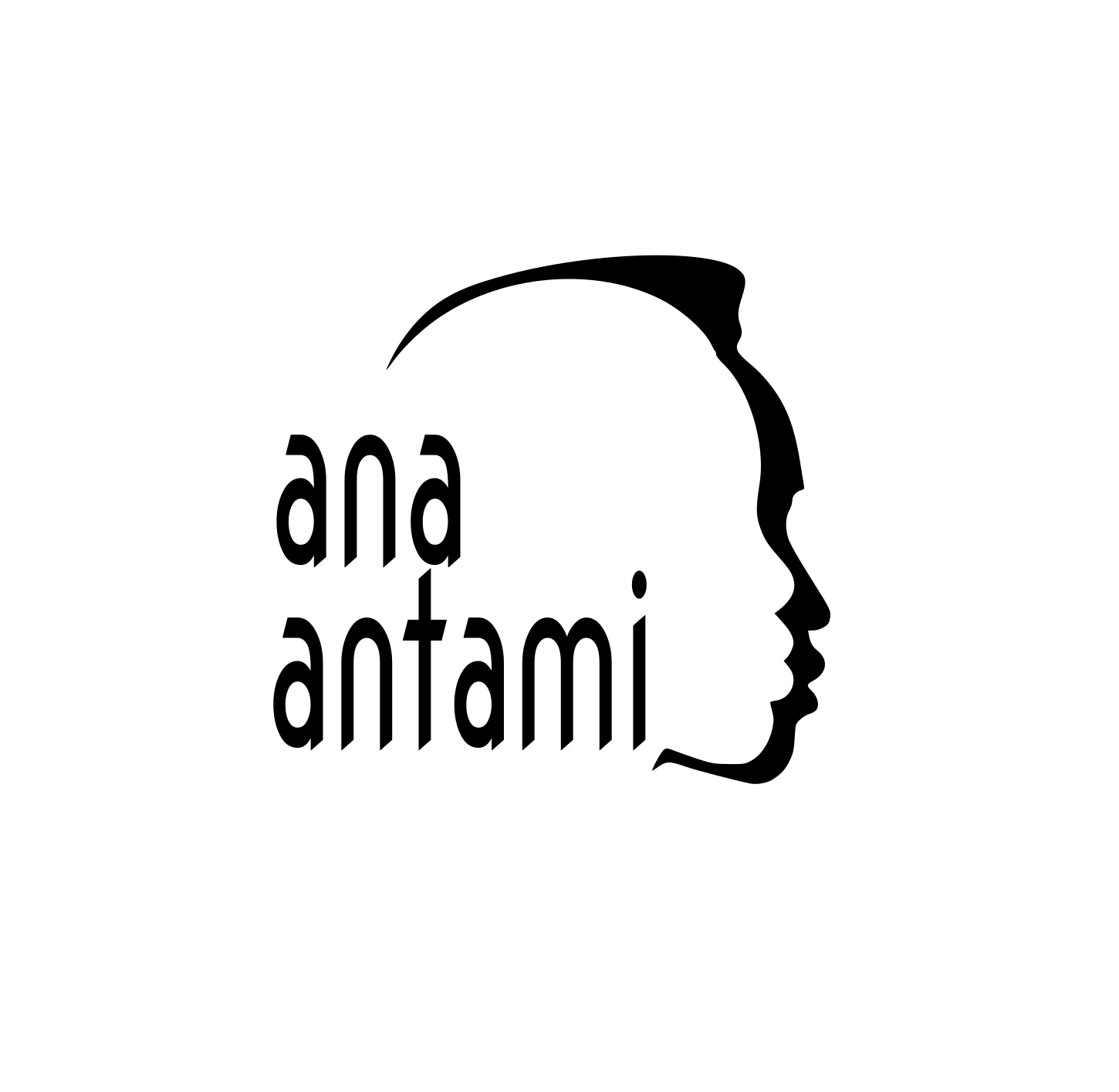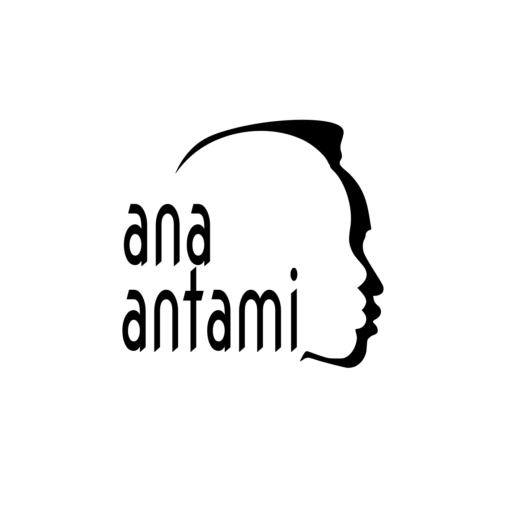Summary
Monocular telescopes are often recommended for children with albinism to improve distance vision, transforming them into mini pirates squinting at the board. These compact, affordable devices enhance clarity from afar but come with limitations like a narrow field of view, potential physical strain, and social stigma. Alternatives include bioptic lenses, electronic magnifiers, large print materials, and assistive technology, each offering different benefits. While monocular telescopes are useful, they’re not a one-size-fits-all solution. A combination of tools tailored to a child’s needs, with guidance from an eye care specialist, may provide the best results.
When addressing visual impairments in individuals with albinism, particularly in children, monocular telescopes often come up as a recommended aid. Picture this: a child with albinism in class, squinting at the board like they’re trying to decode an ancient manuscript. The teacher hands them a monocular telescope, and suddenly they’re a mini pirate, one eye peering through the lens as if searching for buried treasure (or just today’s math problems). But is this little pirate tool really the best option? Let’s dive into the quirky world of monocular telescopes, weighing the good, the bad, and the ‘Arr, maybe nots.’
The Pros: Why Monocular Telescopes Are Worth a Look
- Improved Distance Vision: One of the primary advantages of monocular telescopes is their ability to significantly enhance distance vision. Who needs a cape when you’ve got a monocular telescope? This gadget gives children the power to spot distant objects like never before. Imagine transforming from “I can’t see the board” to “I can spot a typo on that board from across the room!” It’s like giving them a superpower, but one that doesn’t involve radioactive spiders. For children with albinism, who often have difficulty seeing the board in classrooms or recognizing distant objects, monocular telescopes can bridge that gap effectively.
- Portability: Forget lugging around a heavy telescope like an astronomer on a field trip. Monocular telescopes are small enough to slip into a pocket, ready to whip out when the board gets blurry or when distant snack options need closer inspection.
- Stealth Mode: Unlike those big, clunky binoculars that scream, “Hey, look at me!” a monocular telescope is discreet. It’s the James Bond of visual aids—slick, smooth, and not one to draw unwanted attention. Plus, they’re way cooler than squinting. Squinting never looks cool.
- Easy on the Wallet: Compared to some high-tech visual aids that cost as much as a small car, monocular telescopes are surprisingly affordable. You won’t need to take out a second mortgage to give your child a clearer view of the blackboard—or of that distant dessert table.
The Cons: Why Monocular Telescopes Might Make You Say “Eh, Maybe Not”
- Limited Field of View: One of the most significant drawbacks of monocular telescopes is their narrow field of view. While monocular telescopes are great for zeroing in on one spot, they do so by creating a tiny window to the world. It’s like watching a movie through a keyhole—sure, you see some of the action, but you miss out on everything else. So, if your child wants to take in the big picture, they might find themselves panning back and forth like a curious meerkat.
- Physical and Cognitive Strain: Holding up a monocular telescope for extended periods might sound like a great way to build biceps, but let’s be real—chidren aren’t looking for a workout. After a while, that telescope starts feeling like a dumbbell, and your little one might end up more focused on arm fatigue than on the board. Additionally, the cognitive load of switching between normal and magnified views can be challenging, potentially leading to frustration or reduced usage over time.
- Social Stigma: Although monocular telescopes are more discreet than other aids, they are still visible and can set the user apart from their peers. This may cause “The Pirate Effect”. While the pirate look is cool (especially if paired with an “Arr matey!”), it’s not exactly subtle. Children may feel self-conscious using a monocular telescope in front of their peers, especially when they’re the only one in class looking like they’re on a constant treasure hunt.
- Not a One-Size-Fits-All Solution: Monocular telescopes are like that one friend who’s awesome at one thing but kind of useless in other areas. They’re fantastic for distance vision but don’t do a thing for reading or close-up work. So, if your child has multiple visual needs, they’ll still need a bag of tricks to get through the day. Relying solely on a monocular telescope might not provide comprehensive support.
Alternatives: Other Gadgets to Consider
- Bioptic Lenses: The Multitasker
Bioptic lenses are like the Swiss Army knife of visual aids. They combine regular glasses with a mini telescope, allowing chidren to switch between normal and magnified views. It’s like having two gadgets in one—a monocular telescope that moonlights as a regular pair of glasses. The downside? They’re more expensive and need a bit of getting used to, but once your child’s got the hang of it, they might feel like a secret agent. - Electronic Magnifiers
For children who prefer the digital age, electronic magnifiers are like having a magic tablet that enlarges whatever they need to see. These devices can be adjusted for both near and far vision and even change the contrast to make things pop. The catch? They’re pricier and need batteries or a plug, so there’s a chance you might end up on a frantic hunt for a charger during homework time. - Large Print Materials
Sometimes the simplest solutions are the best. Large print books and worksheets are like the comfort food of visual aids—easy, no fuss, and straight to the point. While they won’t help with distance vision, they’re great for making reading less of a squint-fest. - Assistive Technology
Why strain your eyes when you can listen instead? Screen readers and text-to-speech software turn words into sound, letting your child focus on understanding rather than seeing. It’s a game-changer for schoolwork, though it might make them more reliant on technology (but hey, aren’t we all?).
So, is the monocular telescope the best visual aid for children with albinism? Well, it’s certainly a handy little gadget, perfect for distance vision and portable enough to take on any adventure. But it’s not without its flaws—narrow views, potential arm strain, and the whole pirate aesthetic aren’t for everyone.
In the end, the best approach might be a combination of tools. Think of it as assembling a team: each visual aid has its strengths, and together, they can cover all the bases. Whether it’s the monocular telescope for distance, large print for reading, or some high-tech for everything in between, what matters most is finding what works best for your child. Ultimately, the best choice depends on the specific needs of the user, and consultation with an eye care specialist is essential to determine the most appropriate aids.


0 Comments